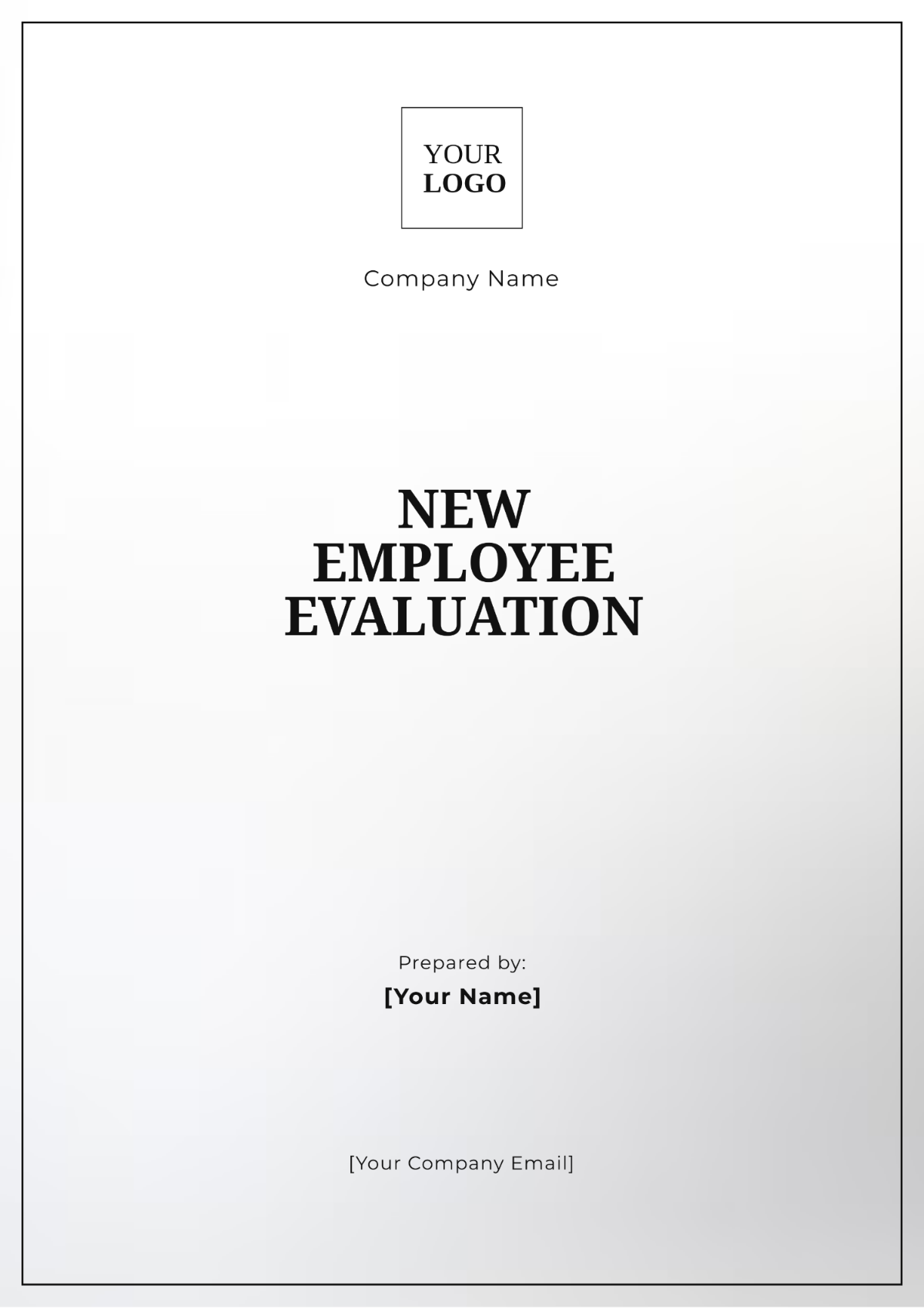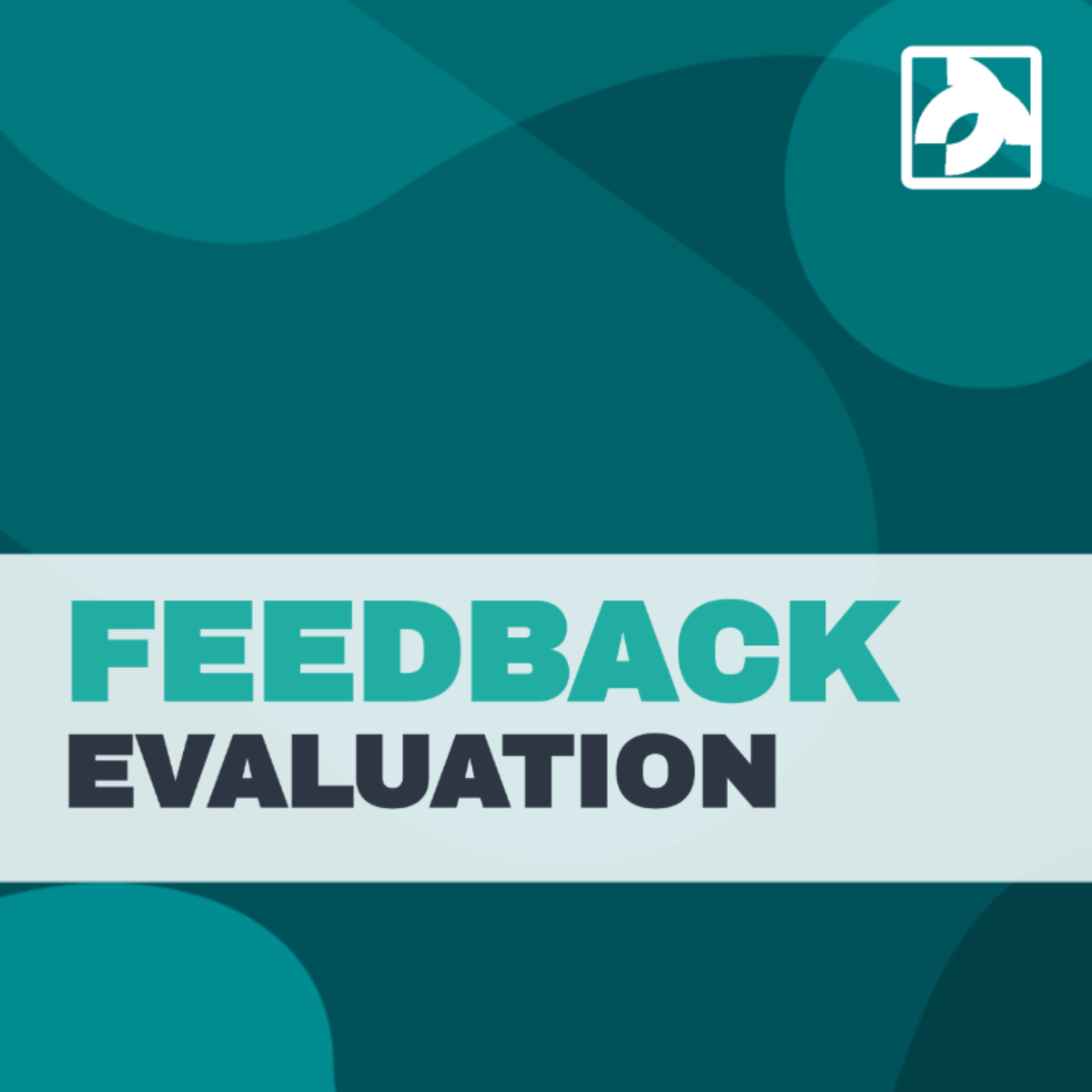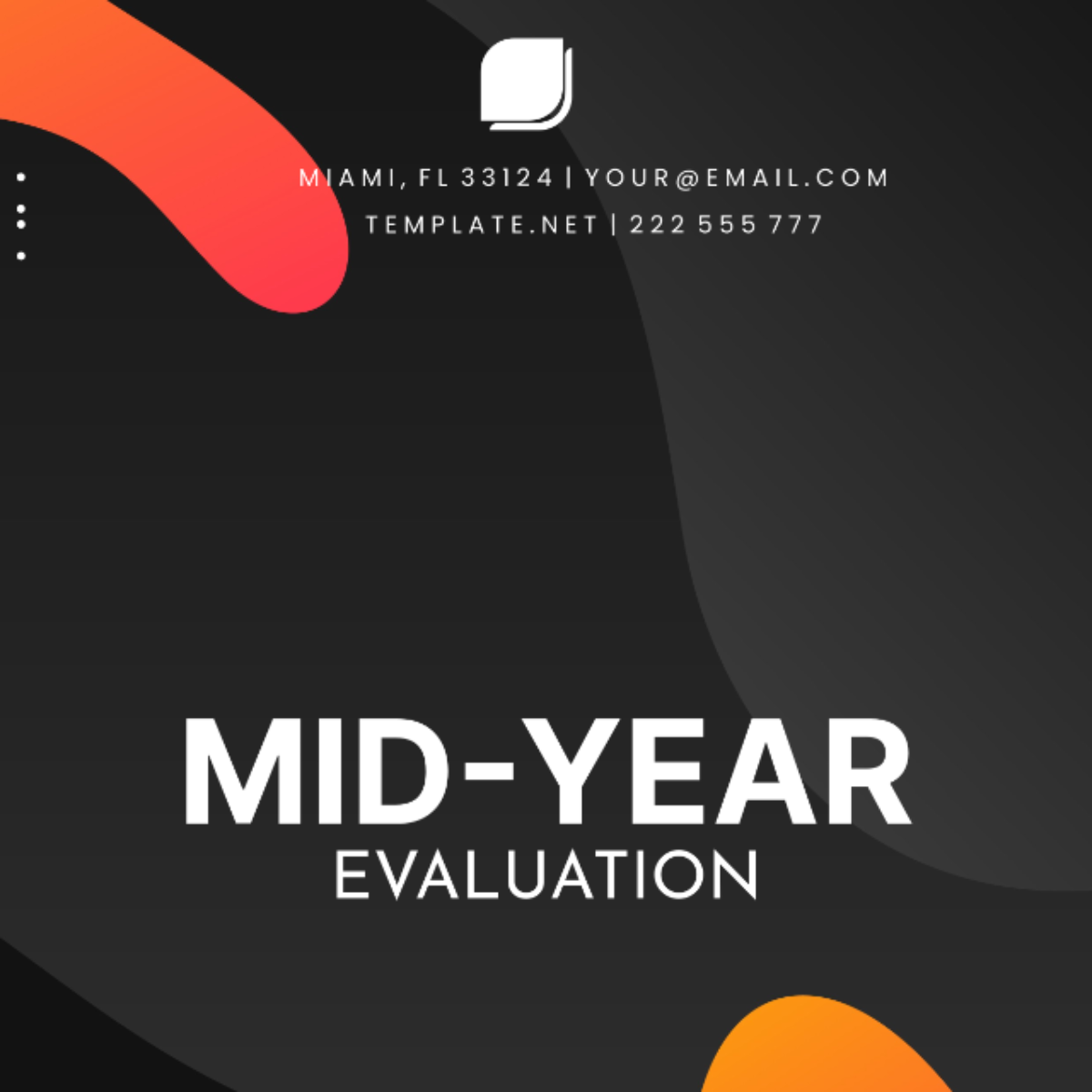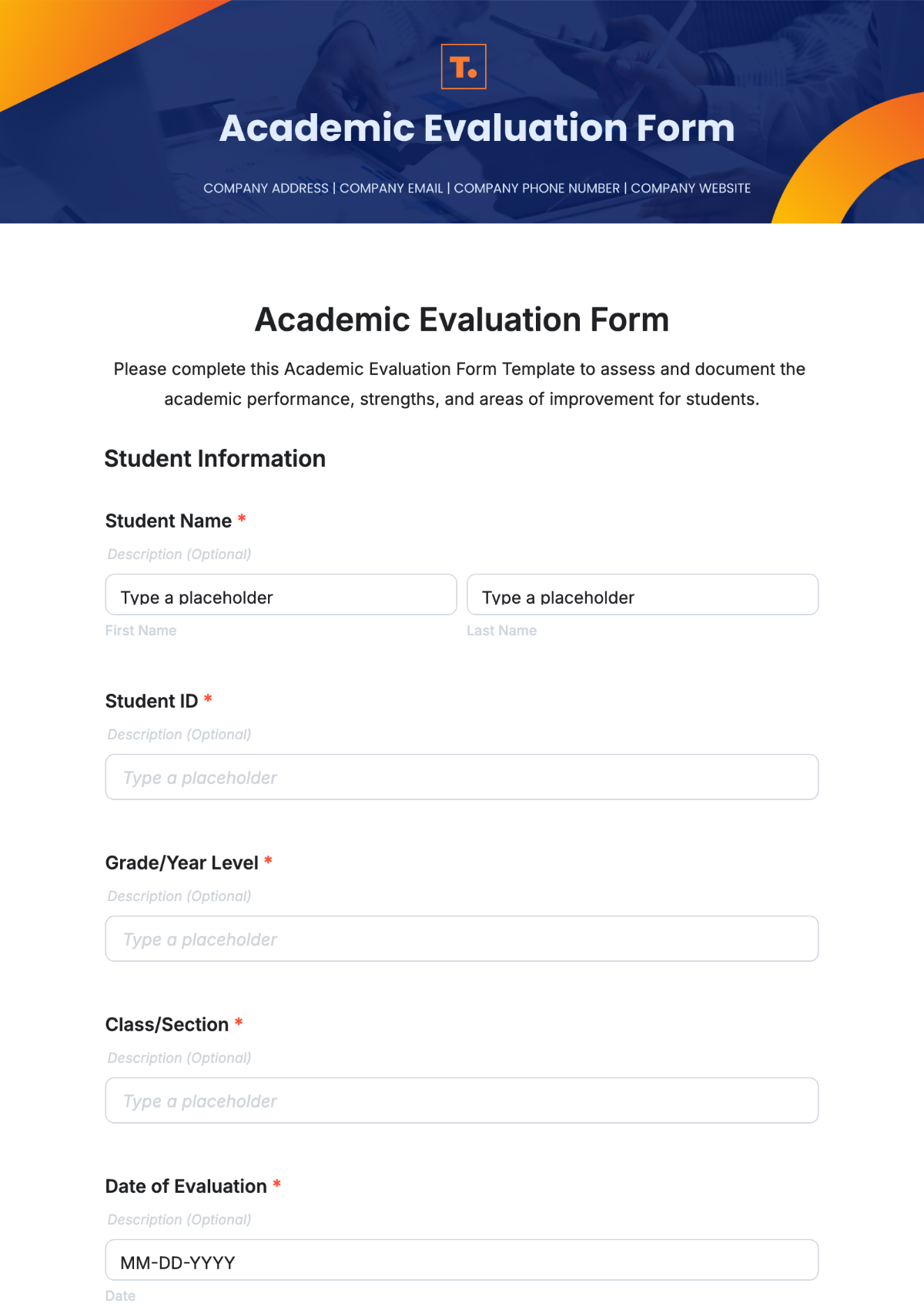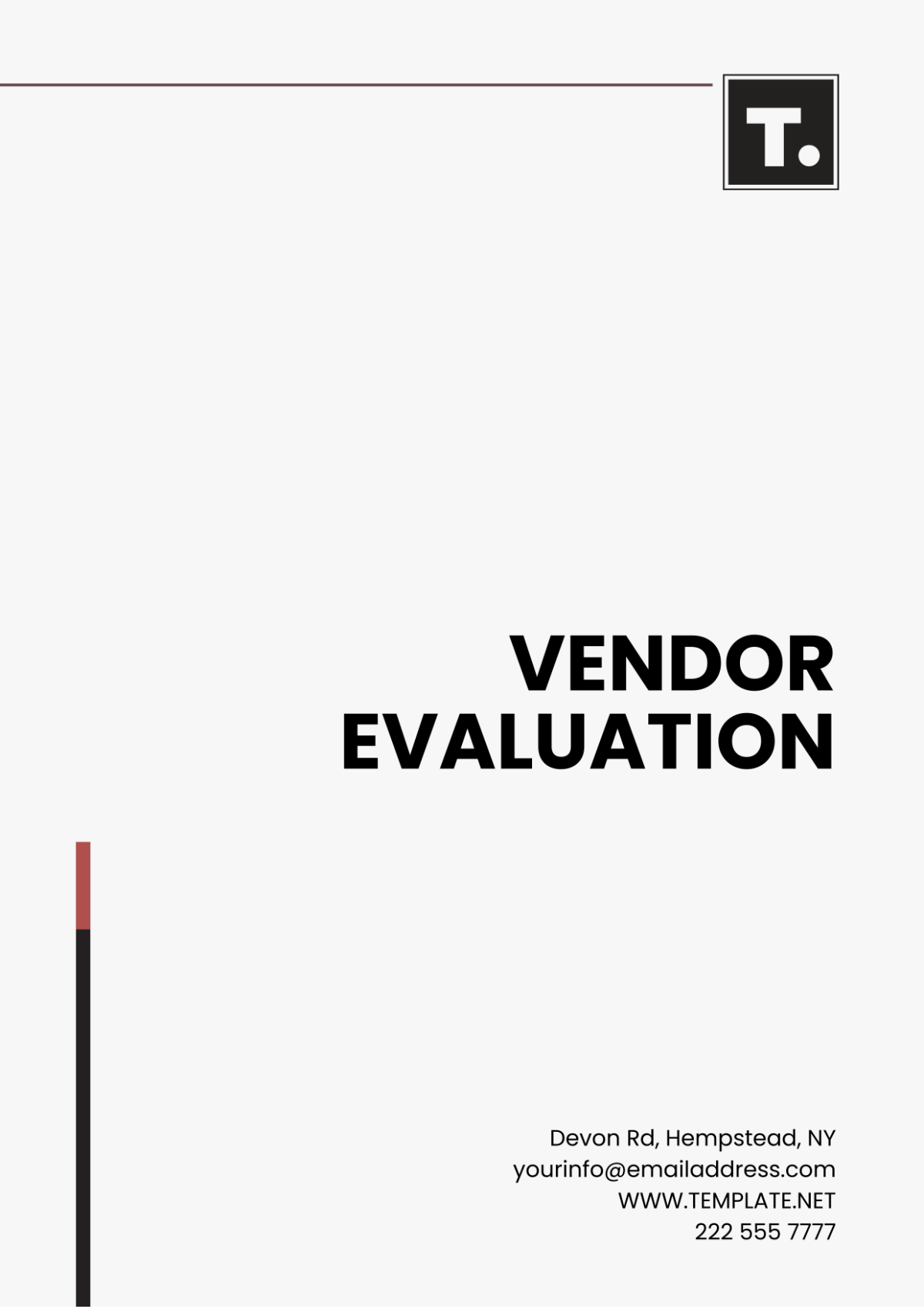Evaluation Service Report
I. Introduction
Report Prepared by: [Your Name]
Report Date: January 12, 2050
Contact Information: [Your Company Email]
II. Executive Summary
This report provides a detailed evaluation of the services provided by [Your Company Name] for the period ending December 31, 2049. The evaluation includes a thorough analysis of the service performance, client feedback, and areas for improvement.
III. Service Overview
A. Service Description
The services evaluated in this report encompass a range of technical support and maintenance offerings designed to ensure optimal performance and reliability of client systems. The key services include:
On-Site Technical Support:
Scope: Provision of in-person technical support at the client's location.
Activities: Troubleshooting hardware and software issues, performing repairs, and providing on-site training.
Response Time: Commitment to rapid response times for urgent issues to minimize downtime.
Remote Assistance:
Scope: Delivery of technical support via remote access tools.
Activities: Resolving software issues, performing system diagnostics, and providing guidance through phone or online communication.
Availability: Offering support during business hours and providing after-hours emergency support when necessary.
Annual System Maintenance:
Scope: Comprehensive maintenance of client systems to ensure long-term reliability and performance.
Activities: Regular system updates, security patches, hardware inspections, and performance optimizations.
Scheduling: Pre-scheduled maintenance visits to minimize disruption to client operations.
B. Service Objectives
The primary objectives of the evaluated services are to ensure the highest levels of system uptime, reliability, and client satisfaction. Specific goals include:
Maximize Uptime and Reliability:
Objective: Ensure client systems are operational with minimal downtime.
Strategies: Implement proactive monitoring and regular maintenance to detect and address potential issues before they cause disruptions.
Provide Timely and Effective Technical Support:
Objective: Deliver prompt and effective resolutions to technical issues.
Strategies: Utilize a combination of on-site support and remote assistance to address client needs quickly and efficiently.
Metrics: Track response times, resolution times, and client satisfaction scores to measure effectiveness.
Maintain and Update Systems to Latest Standards:
Objective: Keep client systems up-to-date with the latest technology and security standards.
Strategies: Regularly apply software updates, security patches, and hardware upgrades as necessary.
Compliance: Ensure systems comply with industry regulations and best practices.
C. Clients Involved
The evaluation covered services provided to the following clients:
ABC Corporation:
Industry: Manufacturing
Services Utilized: On-site technical support, remote assistance, and annual system maintenance.
Key Considerations: High reliance on uninterrupted production systems, requiring robust technical support.
XYZ Limited:
Industry: Financial Services
Services Utilized: Remote assistance and annual system maintenance.
Key Considerations: Emphasis on data security and compliance with financial regulations, necessitating stringent system maintenance and rapid support.
QRS Enterprises:
Industry: Retail
Services Utilized: On-site technical support and remote assistance.
Key Considerations: Need for reliable point-of-sale systems and inventory management, requiring frequent technical support.
IV. Evaluation Methodology
A. Data Collection
The data collection process involved several methods to ensure comprehensive and accurate gathering of information. Key data sources included:
Client Feedback Forms:
Surveys: Detailed surveys distributed to clients to capture their experiences and satisfaction levels.
Feedback Channels: Utilization of multiple feedback channels, such as online forms, email, and in-person interviews.
Response Rate: Efforts to maximize response rates through follow-ups and incentives.
Performance Metrics:
Key Performance Indicators (KPIs): Collection of data on key performance indicators relevant to service delivery and operational efficiency.
System Logs: Automated logging of performance data from various systems and platforms.
Real-Time Monitoring: Use of real-time monitoring tools to capture live performance data.
Service Logs:
Incident Reports: Detailed logs of service incidents and resolutions.
Usage Logs: Records of service usage patterns and trends.
Maintenance Records: Logs of maintenance activities and their outcomes.
B. Analysis Techniques
The data collected was analyzed using several statistical and analytical techniques to derive meaningful insights. The primary methods used included:
Descriptive Statistics:
Mean, Median, Mode: Calculation of central tendency measures to understand the typical values in the data.
Standard Deviation and Variance: Measurement of data dispersion to assess variability.
Frequency Distributions: Analysis of the frequency of different values to identify common patterns.
Trend Analysis:
Time Series Analysis: Examination of data over time to identify trends, seasonal patterns, and long-term changes.
Comparative Analysis: Comparison of data across different time periods to evaluate changes and improvements.
Correlation Analysis: Assessment of relationships between different variables to identify potential causal factors.
C. Evaluation Period
The period of evaluation was clearly defined to ensure that the analysis was based on a consistent and relevant dataset. The evaluation covered:
Start Date: January 1, 2049
End Date: December 31, 2049
This one-year period allowed for a comprehensive assessment of performance across various seasonal cycles and business activities. The defined timeframe ensured that all data analyzed was relevant to the specific evaluation period, providing accurate and timely insights into service performance and client satisfaction.
V. Performance Metrics
Metric | Target | Achieved |
|---|---|---|
System Uptime | 99.9% | 99.8% |
Response Time | 30 min | 25 min |
Customer Satisfaction | 90% | 92% |
VI. Client Feedback
A. Summary of Feedback
Overall, clients were highly satisfied with the services provided, particularly noting the promptness and professionalism of the support team.
B. Detailed Feedback
Client | Feedback | Suggestions |
|---|---|---|
ABC Corporation | Excellent service, timely support. | More proactive system updates. |
XYZ Limited | Very satisfied with response time. | Extend support hours. |
QRS Enterprises | Professional and knowledgeable team. | Regular training sessions for our staff. |
VII. Areas for Improvement
While the overall performance was satisfactory, the following areas have been identified for improvement:
Increase in system uptime to meet the 99.9% target.
Implement regular proactive system updates.
Extend support hours to accommodate client needs.
VIII. Recommendations
Based on the evaluation, the following recommendations are made:
Invest in more robust system monitoring tools to increase uptime.
Schedule regular update sessions to keep systems current.
Evaluate the feasibility of extending support hours.
IX. Conclusion
The evaluation indicates that [Your Company Name] has largely met its service objectives with high client satisfaction. However, incremental improvements in specific areas can further enhance service quality.
[Your Company Name]
[Your Company Address]
[Your Company Email]
[Your Company Website]
